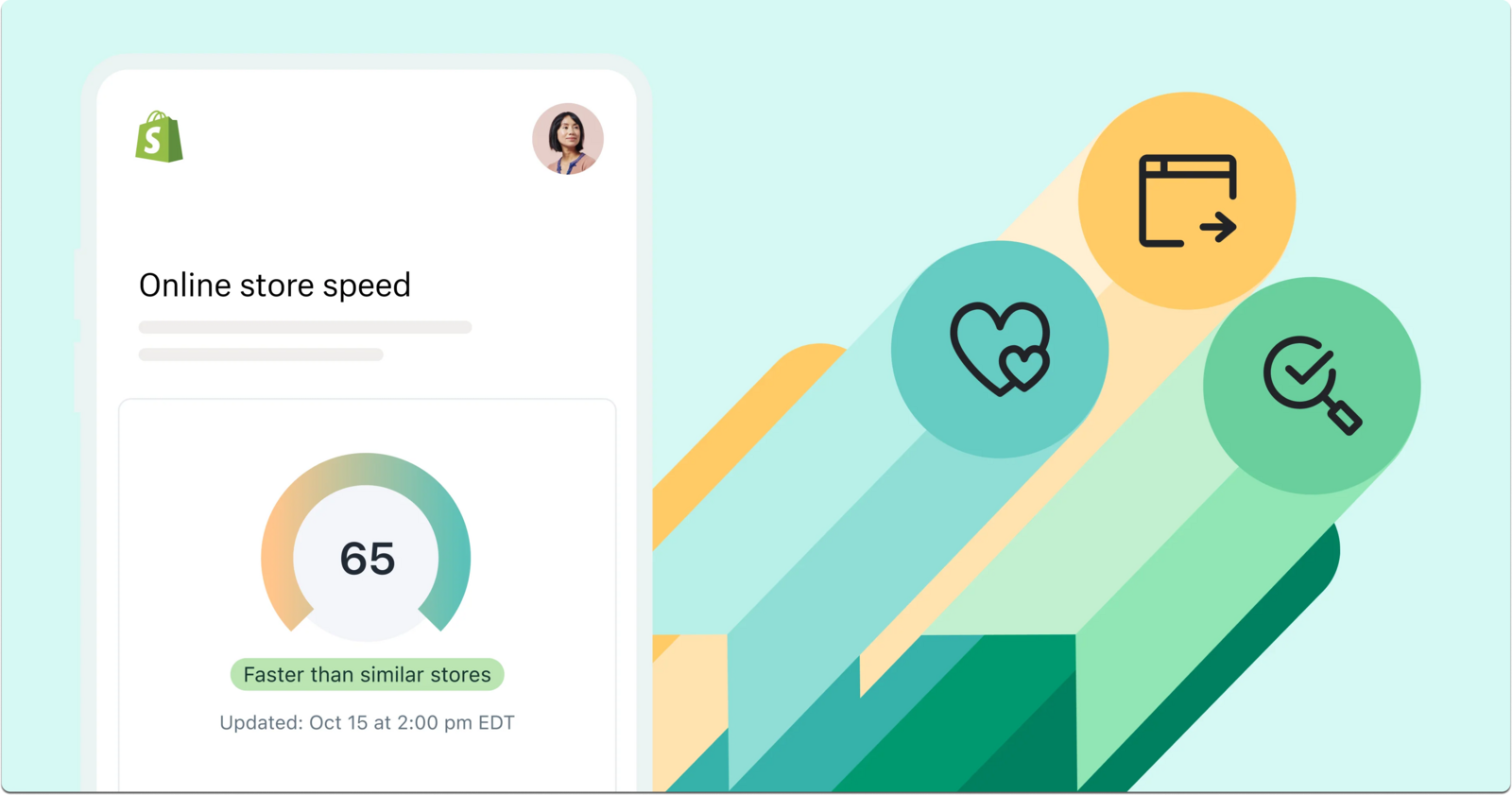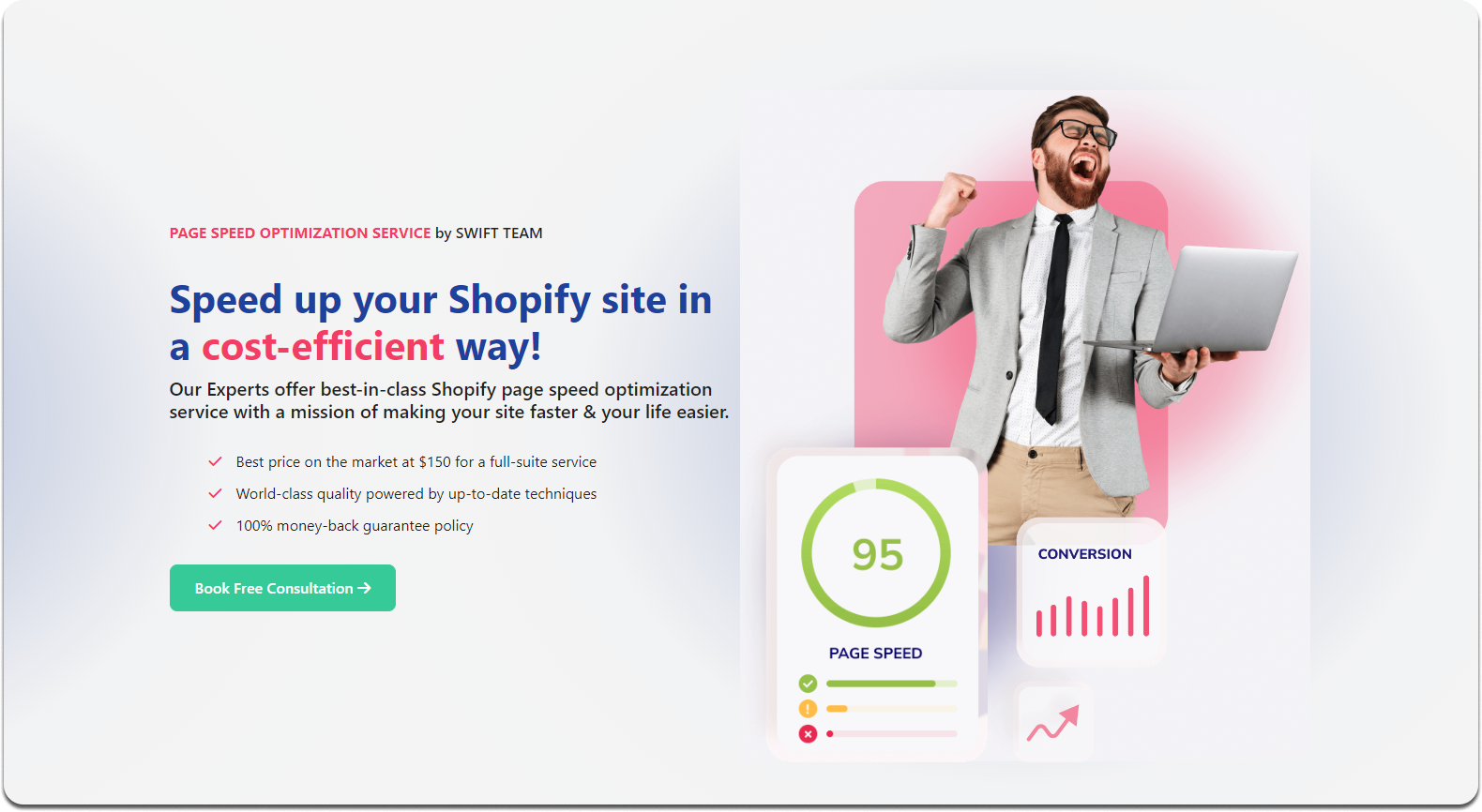You’ve invested time, energy, and resources into building your e-commerce business. You’ve handpicked your products, perfected your branding, and worked tirelessly on your marketing strategy. However, while focusing on these vital aspects, one crucial element may have escaped your attention: Store Speed.
For any e-commerce retailer, a sluggish website is a nightmare, especially in a world where time is of the essence and potential customers have multiple choices at their fingertips. Fortunately, you can enhance your e-commerce success by improving your site speed. This article will cover everything you need to know about page speed and provide practical tips for boosting your site’s performance.
What is Page/Site Speed?
- Page speed: This measures the time it takes for the content on a URL to load.
- Site speed: This represents your site’s overall performance, scored by services like Google PageSpeed Insights, which evaluates various load times on your site in aggregate.
Google recommends a page load speed of two seconds for e-commerce sites. In general, the faster, the better. Even milliseconds can impact user retention and satisfaction.
Why is Page Speed/Site Speed Important?
In online shopping, speed is crucial for success. A delay of just a few seconds can significantly affect your conversion rates, user experience, and SEO performance. Site speed can influence a shopper’s decision to stay, browse, buy, or leave without returning.

Here are some negative consequences of slow site speed:
- Lower conversion rate: A study by Crazyegg found that a 1-second delay in page load time can lead to a 7% decrease in conversion rate. If your website takes 2 seconds to load, you could lose 7% of potential sales.
- Increased bounce rate: A Google study found that a 0.1-second delay in page load time can lead to a 7% increase in bounce rate. If your website takes 2 seconds to load, you could lose 7% of potential customers.
- Reduced SEO ranking: Google considers website speed when ranking sites in search results. A slow website is less likely to appear high in search results, leading to fewer visitors and sales.
This highlights a crucial truth: faster speed means better performance and reduced dropout rates.
Best Practices for Speed Optimization
Here are some optimizations you can implement right away to enhance your site speed:
- Choose the right web host.
- Minimize HTTP requests by reducing the number of elements on your page.
- Use asynchronous loading for CSS and JavaScript files.
- Compress images and optimize file sizes without losing quality.
- Leverage browser caching to store resources locally on users’ devices.
- Implement a content delivery network (CDN) to distribute the load.
- Optimize CSS and JavaScript by minifying files and removing unnecessary code.
Site speed optimization is a comprehensive task that requires specific skills and expertise. That’s why we introduce Swift Experts.

With Swift Experts, you don’t have to handle anything manually. Depending on your store’s current situation and structure, they will optimize your site’s speed using various techniques mentioned in this article. Additionally, they provide a free monthly speed checkup to keep your website on track.
They offer a full package optimization for $150 per optimization—one of the most competitive rates in the market. Below is a comparison chart between our service and others for your reference:

This service is designed to provide cost-effective, thorough investigations of your site, manually optimizing every heavy element. Swift Experts are senior Shopify developers with over 5 years of experience in developing apps and optimizing Shopify sites. They understand the Shopify system and its daily operations. They are so confident in their ability to boost your store’s performance that they offer a unique guarantee: if they don’t increase your Google PageSpeed Insights score by at least 10 points, you’ll receive a 100% refund as stated in their policy here.
Many customers have seen remarkable improvements, and their testimonials speak volumes about the efficacy of this service.

For more detailed insights or to discuss your specific needs, talk to our experts. You can book a free consultation or connect with our Customer Support team at [email protected]. They will respond promptly within 24 hours, Monday through Friday. Try Swift Experts now and see how fast and easy it is to optimize your website’s speed.
You can implement everything listed here manually or hire Swift Experts. Just note that web performance optimizations can be tricky, requiring significant time and effort.
Act now to optimize your website’s performance. The sooner you start, the quicker you’ll see results in customer satisfaction, retention, and overall sales. Don’t let your business lag behind—speed up your site today and unlock your full market potential.
Find more article at Zopi Help Center here.
